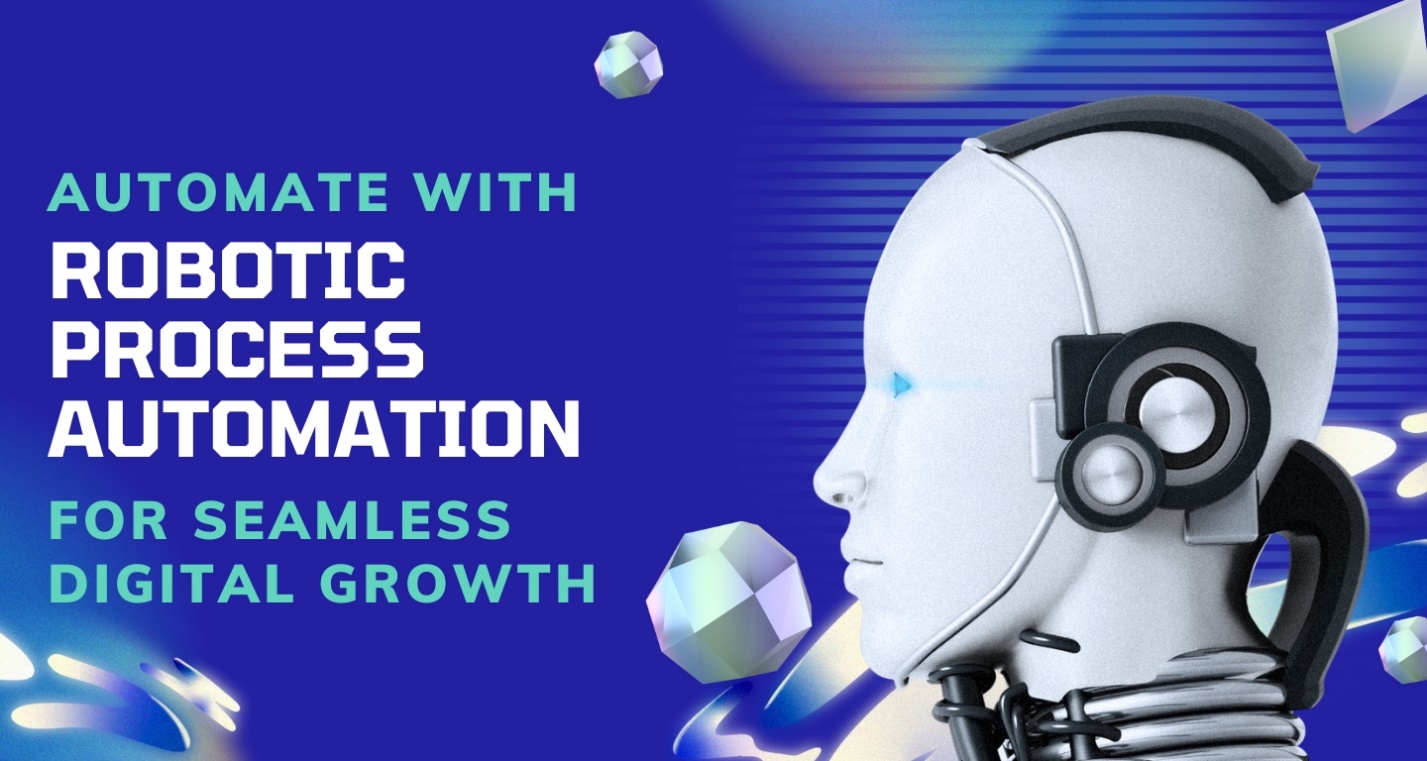In today’s rapidly evolving digital landscape, businesses require mobile apps that are quick, efficient, and cost-effective. This is where Flutter Apps make a significant impact. Flutter has gained immense popularity, transforming the world of Mobile App Development by offering unique advantages, including faster development, improved performance, and greater flexibility.
What is Flutter?
Flutter, developed by Google, is an open-source UI software development kit (SDK) that allows developers to create natively compiled applications for mobile, web, and desktop using a single codebase. It has revolutionized Flutter app development by offering high performance, user-friendly features, and excellent scalability, making it a powerful tool for building robust applications.
Faster Development with Flutter
One of the key reasons Flutter App Development is so popular is its ability to speed up development. Here’s how:
- Single Codebase for Multiple Platforms: Flutter lets developers use one codebase for both Android and iOS, cutting development time and cost.
- Hot Reload: This feature enables developers to view code changes in real-time without restarting the app, making testing and refinement faster and more efficient.
- Pre-built Widgets: Flutter provides customizable, ready-made widgets that simplify the design process, speeding up development.
- Rich Ecosystem of Libraries: A vast collection of libraries and packages helps developers quickly add features like APIs and social media integration, saving time and resources.
Better Performance with Flutter Apps
Flutter is renowned not only for its speed but also for its capability to deliver high-performance applications. Here’s how it ensures top-notch performance:
- Native-Level Performance
Unlike other frameworks that rely on web views or JavaScript bridges, Flutter compiles directly into native ARM code. This allows apps to run as efficiently as those developed natively, ensuring smooth animations, faster execution, and overall high performance.
- Advanced Skia Rendering Engine
Flutter utilizes the Skia Rendering Engine to render visuals, ensuring that apps maintain a consistent, high-quality appearance across various screen sizes and resolutions. This engine guarantees seamless performance, enhancing the user experience on both Android and iOS platforms.
- Performance-Focused Customizable Widgets
Flutter’s customizable widgets offer developers full control over app design without sacrificing performance. Developers can craft unique, platform-specific interfaces and animations that remain responsive and fast, ensuring a smooth experience for users.
- Optimized Memory Management
Flutter excels in memory management by automatically cleaning up unused resources. This reduces the risk of memory leaks, enabling apps to run efficiently and without slowdown, even during extended use.
Why Opt for a Flutter Development Company?
When planning to develop a mobile app with Flutter, partnering with an expert Flutter development company can significantly enhance the process. These companies have skilled developers who are proficient in leveraging Flutter’s capabilities to build robust, high-performance apps. A dedicated Flutter app development agency helps you streamline the development journey, ensuring you meet your objectives while adhering to deadlines and delivering exceptional results.
Why Choose a Flutter App Development Company?
- Affordable Solutions
Flutter app development companies offer cost-effective services without compromising quality. With access to skilled developers, businesses can achieve high-quality results at competitive rates.
- Expertise and Proficiency
Specialized Flutter developers are highly experienced in utilizing the framework’s full potential, from cross-platform app creation to performance optimization and third-party integrations.
- On-Time Delivery
A professional Flutter development company ensures timely project completion. By following agile methodologies, they meet deadlines while maintaining the quality of the app.
- Continuous Support
A trusted Flutter app development agency provides ongoing post-launch support, offering regular updates and troubleshooting to keep your app running smoothly.
Why Flutter is shaping the Future of Mobile App Development
With its open-source framework, quick development cycle, and exceptional performance, Flutter is set to shape the future of mobile app development. Businesses aiming to stay competitive in the ever-evolving digital world are increasingly adopting Flutter for their app-building needs. Whether you’re planning a simple app or a complex, feature-packed solution, Flutter offers the essential tools and resources for successful mobile app creation.
Final Thoughts
Flutter offers a robust solution for businesses looking to accelerate development and achieve superior performance in their mobile apps. With its native compilation, single codebase, and customizable widgets, Flutter stands out as the perfect choice for both developers and businesses. By collaborating with a trusted Flutter app development agency, you can streamline the development process, ensuring high-quality, scalable apps at a cost-effective rate.
Reach out to us today to explore how our Flutter app development expertise can transform your mobile app ideas into reality!










